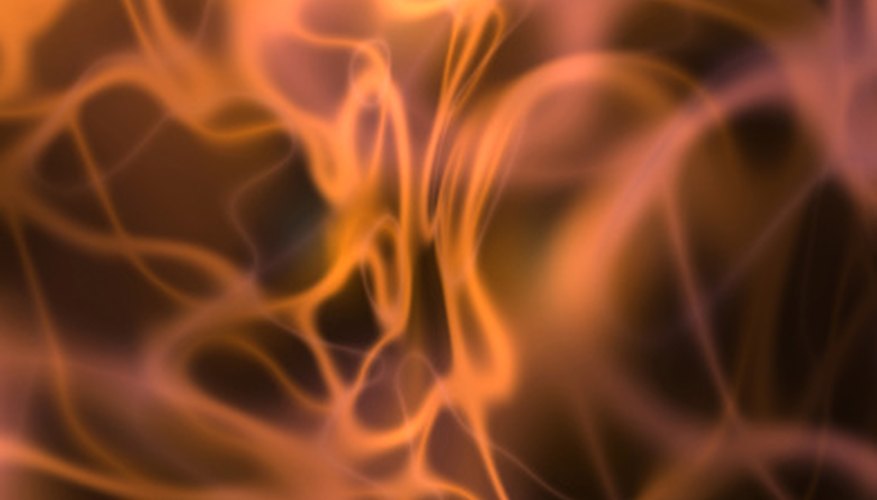Smoke-damaged walls can result from an event as dramatic as a fire or as insignificant as burning a cheap candle. The smoke causes unattractive black marks and discolouration to the walls and ceiling. Simply painting over it without properly cleaning and preparing the walls only fixes the problem temporarily. Eventually, the discolouration seeps through and marks up the newly painted walls. Painting the smoke-damaged walls requires a twofold process that you can complete with basic cleaning and paint supplies found in a home improvement store.
Examine the walls to see how bad the smoke damage is and to ensure that you do not have underlying problems from the fire damage.
Dissolve a tablespoon of TSP in one gallon of warm water. Wear rubber gloves and goggles during this step, because the TSP can irritate the skin and eyes.
- Smoke-damaged walls can result from an event as dramatic as a fire or as insignificant as burning a cheap candle.
- Wear rubber gloves and goggles during this step, because the TSP can irritate the skin and eyes.
Use a large sponge to clean the area of smoke damage. Clean the area in sections to ensure you will cover all of it. Do not get too much water on the walls. If you have drywall this could damage it and excess water could encourage the growth of mould. If your walls are covered in wallpaper, you will need to remove it. Porous surfaces such as stucco may also need to be removed.
- Use a large sponge to clean the area of smoke damage.
- If you have drywall this could damage it and excess water could encourage the growth of mould.
Prime the walls with an oil-based stain-blocking primer .The primer will seal the smell of the smoke and provide a clean base to apply fresh paint.
Examine the walls to see if smoke shows through the primer. If so, apply a second coat of primer.
Allow four hours for the last coat of primer to dry. Then apply paint to a small area to test for bleeding. If the smoke damage bleeds through, apply another coat of primer and allow it to dry overnight before trying again to apply a topcoat of paint. Paint two or three thin layers of paint so they will dry easily and give a professional-looking finish.
TIP
If you have light smoke damage or semigloss or satin walls, you may be able to wipe the surface clean with a vinegar-and-water solution. If charring has occurred, you will need to replace some areas of the drywall instead of simply painting over it. If paint is blistered, scrape away the top layer and sand it until it is flat. Then spackle the area to cover indents and imperfections. If you have smoke damage on the walls, it is likely that an overpowering smoke smell has permeated other surfaces. Clean other surfaces in the room, such as countertops, cabinets, windows and appliances.
WARNING
Do not use water and regular household cleaners. They will dilute the smoke damage and could make it sink even farther into the wall. Do not use too much TSP because it can dissolve or dull the paint. After using the TSP, clean the wall with water. Use proper ventilation, because the smell of primer can overwhelm.
